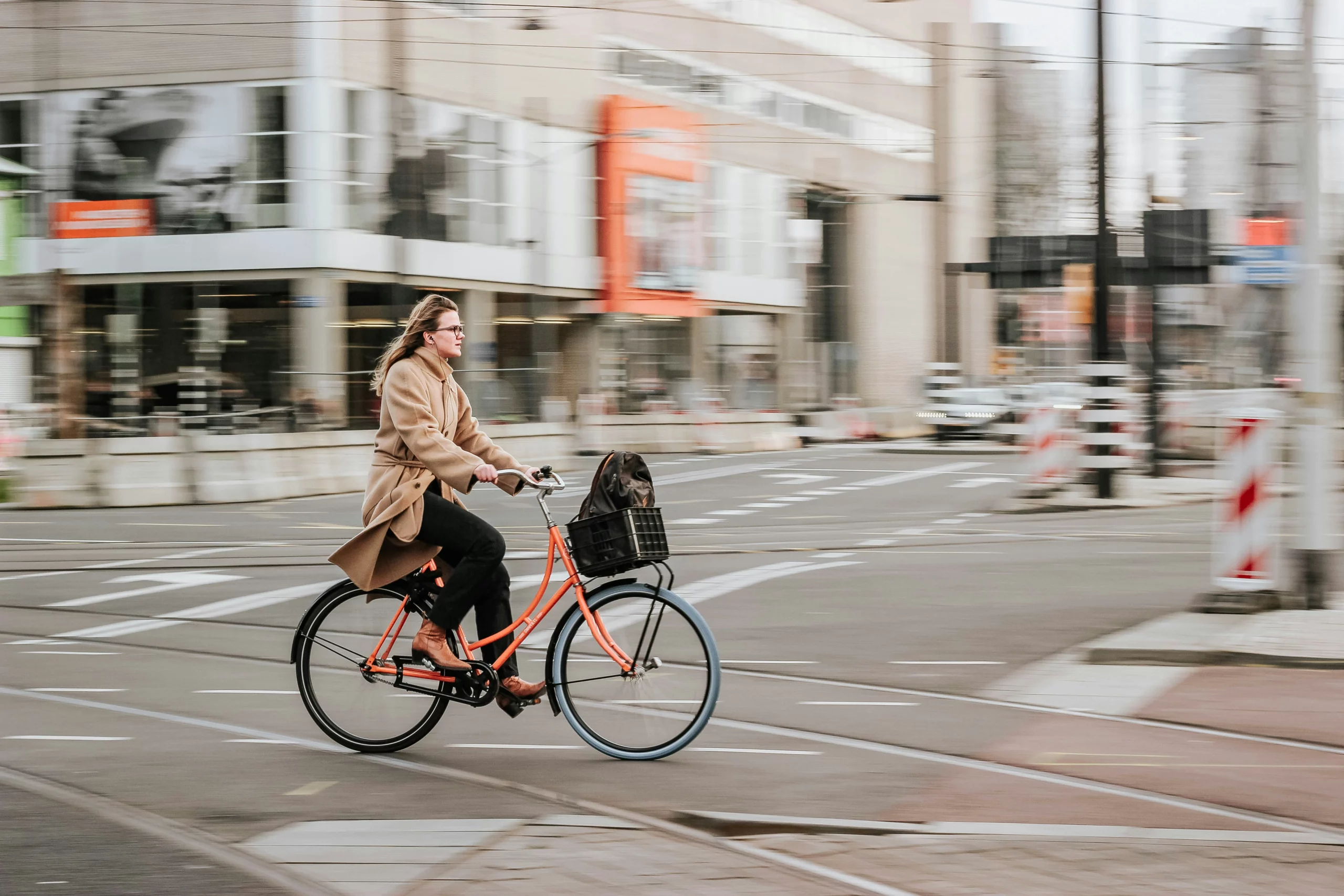How cities are turning their streets over to cyclists
Did you know? Each year, buses, trams and metros carry 50 billion passengers in cities, saving 100 million car trips every day.
But bicycles are also a convenient and environmentally friendly way to travel. Copenhagen, for example, is known for being a city of cyclists. Its residents ride because it’s safe, fast and easy to get around by bike. They also do it because Copenhagen is designed and built for cycling. By 2025, 50 per cent of all trips to work and education in the city are expected to be made by bike.
So what is the recipe for turning cities around bicycles? Some say it all starts with the creation of segregated bike lanes and ‘slow streets’. Others claim making public transport compatible with cyclists is key.
All around the world, cities are taking steps to drive sustainable mobility, including by widening pavements, closing streets to cars and setting up traffic light signalling that prioritises people travelling by foot or bike.
But as the European Commission states, the worst enemies of the bicycle in urban areas are not cars, but longheld prejudices connected with the use of the bicycle as a regular mode of transport. For example, few car owners are really aware of what their car costs them and of the considerable savings to be made by cycling. Awareness-raising campaigns are therefore key to informing the population on the objective qualities and advantages of cycling.
On their own, all those local initiatives led by cities can make a difference, but together they can transform our urban future and make mobility less environmentally and socially harmful, more efficient and cleaner.
To find out more about how cities are tackling the challenge of mobility, visit the European Mobility Week website. Also, take a look at the infographic produced by the CEMR on this occasion.

Advisor – Environment and mobility






